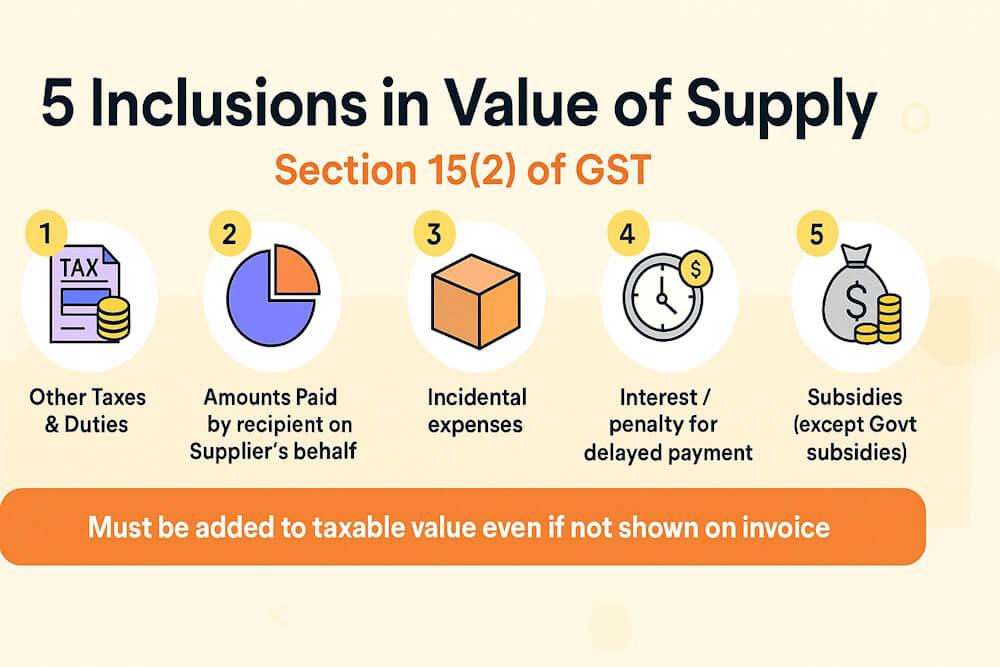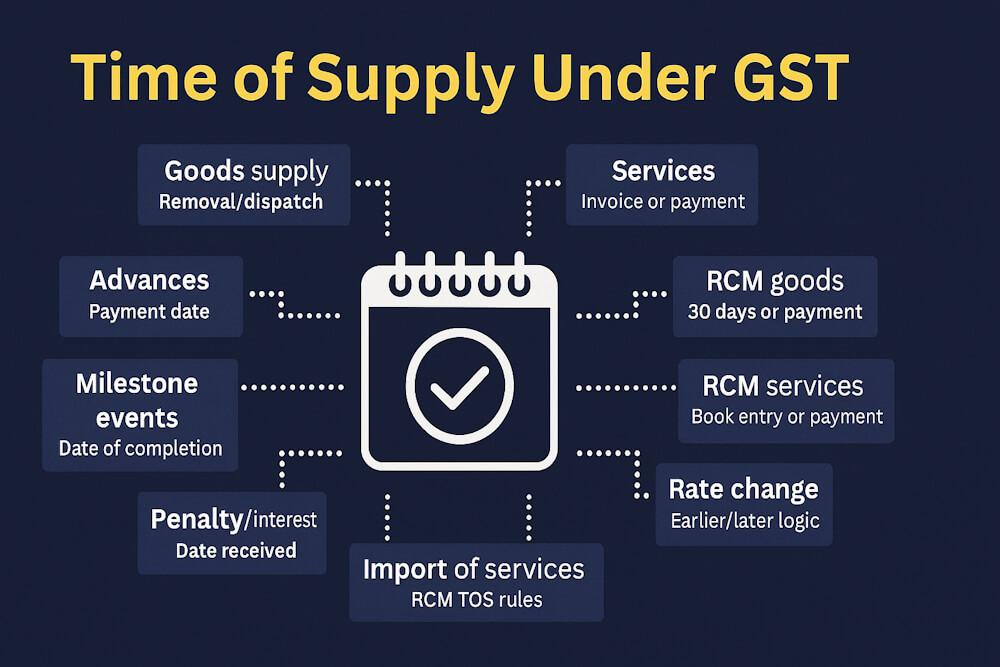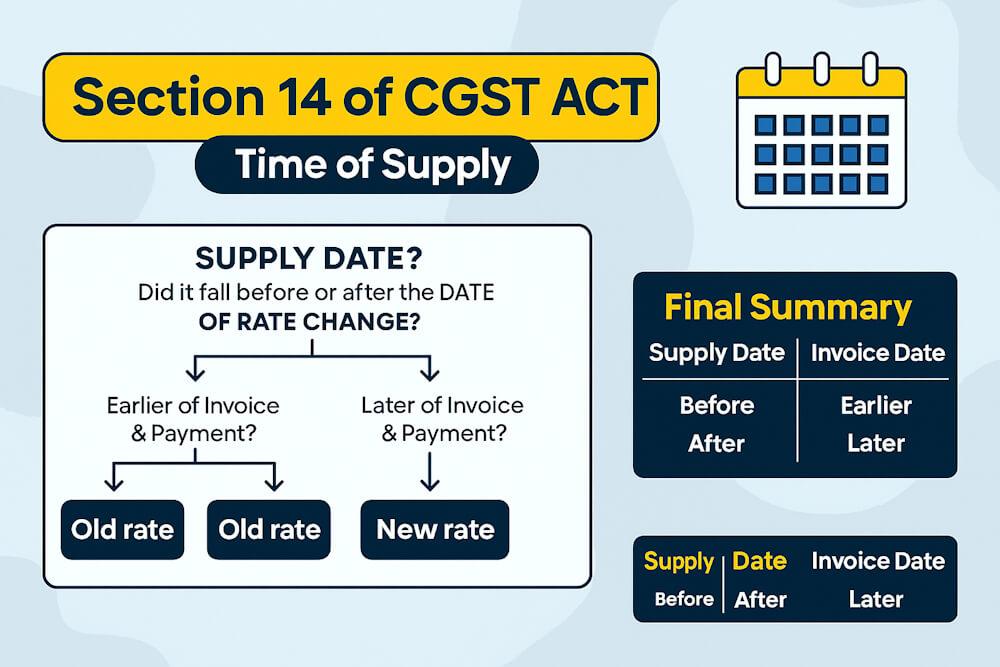Electronic Market and Needs
Electronic markets (or electronic marketplaces) are information systems (IS) which are used by multiple separate organizational entities within one or among multiple tiers in economic value chains.
In analogy to the market concept, which can be viewed from:
- A macroeconomic perspective (describing relationships among actors in an economic system, e.g., a monopoly)
- A microeconomic perspective (describing different allocation mechanisms, e.g., public auctions of telephone frequencies)
Electronic markets denote networked forms of business with many possible configurations:
1. Topology of Electronic Markets
- Centralized: Hubs that often provide services to their participants.
- Decentralized: Sequential relationships within value chains, often found when electronic messages are exchanged directly between businesses (e.g., EDI — Electronic Data Interchange).
2. Services Provided by Electronic Markets
- Infrastructure services: Routing, messaging, identification, partner directories
- Allocation services: Enable pricing processes which may be static or dynamic in nature Typical implementations: catalogs, exchanges, auctions
3. Relationships of Actors in Electronic Markets
- Stable: Found in classical supply chains where businesses collaborate over a longer period of time.
- Atomistic: Partners are only stable for a single transaction (e.g., auctions, exchanges).
Narrow vs. Broad Definitions of Electronic Markets
- Narrow sense: Allocation platforms with dynamic price discovery mechanisms involving atomistic relationships (e.g., financial and energy industries).
- Broad sense: Price discovery is not critical — includes all forms of electronic collaboration between organizations and consumers.
Examples of Electronic Markets
- Company websites serving communication and transaction purposes
- Electronic purchasing systems (EDI-based or catalog-based)
- Systems supporting product configuration (e.g., car configurators)
- Automated download of product information via barcode scan
- Activation of an emergency chain based on heart frequency monitoring
- Social networks linking consumers (e.g., recommendation communities)
Impacts on Business Efficiencies
Electronic markets are attributed important impacts on business efficiencies.
From an industry perspective:
- Transaction cost economics illustrate the relationship between electronic markets and electronic hierarchies.
- “All-in-one-markets” link competitive bidding with predictable relationships for relationship-specific investments and closer collaboration.
It is important to distinguish between:
- The market platform itself — infrastructure between multiple parties
- The coordination mechanisms — market-like or hierarchical in nature
Definition of an Electronic Market
An inter-organizational information system where multiple buyers and sellers interact to:
- Identify potential trading partners
- Select a specific partner
- Execute the transaction
Economic Effects
- Lower search costs may increase price competition among sellers → lower prices for buyers
- Efficient direct interaction may reduce or eliminate intermediaries
Example: Inventory Locator Service (ILS) in the aircraft parts industry — research shows current models do not fully capture the complexity of electronic markets.
E-Business Competition and E-Marketing
Competition is intense in e-business and e-commerce. A solid e-marketing strategy can give a company an advantage.
Components include:
- Marketing research
- Advertising
- Promotions
- Branding
- Public relations (PR)
- Search engine optimization (SEO) to increase website traffic
Branding
- A brand is a name, logo, or symbol identifying a company’s products or services.
- Brand equity: Tangible and intangible value (monetary worth, customer perceptions, loyalty).
- Established brands transfer more easily to the internet; internet-only businesses must build trust from scratch.
Marketing Research
Marketing research helps develop the marketing mix:
- Product/service details and development
- Pricing
- Promotion
- Distribution
Traditional methods: Focus groups, interviews, paper/phone surveys, questionnaires, secondary research. Internet methods: Faster data collection, online focus groups, anonymous discussions.
Key insights:
- Demographics: Age, sex, marital status, income
- Psychographics: Lifestyles, culture, values
Feedback from online focus groups helps with launching new products, services, or campaigns.
Customer Relationship Management (CRM)
- Focuses on maintaining quality service for customers.
- Key goals: Customer satisfaction, retention over acquisition.
- Challenges: E-businesses often rely on third parties, requiring innovative relationship-building.
Aspects of CRM:
- Call handling (inbound/outbound)
- Sales tracking
- Transaction support
- Personalization/customization of customer experiences
Advantages of E-Marketing
- Less RiskyCheaper than TV, billboards, newspapers. Lower operational/start-up costs than physical stores.
- Cost Reduction by AutomationAutomating orders to third-party suppliers reduces: Inventory cost Logistics cost Rental cost
- Fast ResponseInstant communication across the globe. Major driver of technological growth in recent decades.
- Easy Data Collection & EvaluationOnline tools gather and analyze performance data quickly.
- PersonalizationTarget customers individually using stored shopping data.
- More InteractionsSocial media + e-marketing increases direct audience engagement.
- More ExposureGreater visibility → higher sales potential.
- Global AccessibilityAllows businesses to reach worldwide markets.
Disadvantages of E-Marketing
- Relying on TechnologyFully dependent on computers, internet, and software — if one fails, operations stop.
- Privacy & Security IssuesCustomer hesitance due to data breaches or privacy concerns.
- Maintenance CostRequires ongoing spending for tech tools and professional developers.
- Higher Price CompetitionLow overhead for tech-savvy individuals → intense competition for new businesses.





